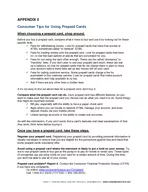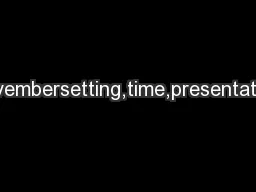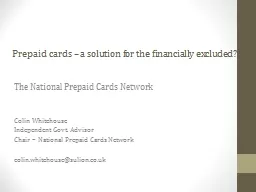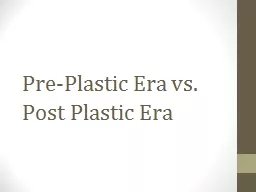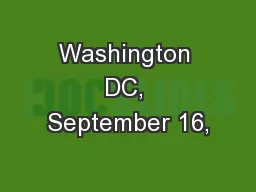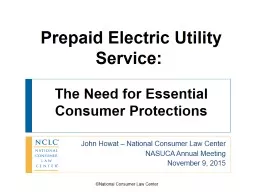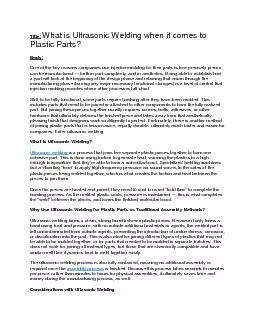PDF-PREPAID CARDS How They Rate November Prepaid Cards How They Rate Summary Prepaid cards
Author : giovanna-bartolotta | Published Date : 2014-12-26
General purpose reloadable prepaid cards look and work like bank debit cards except no bank is required Moreover prepaid cards do not come with the federal consumer
Presentation Embed Code
Download Presentation
Download Presentation The PPT/PDF document "PREPAID CARDS How They Rate November ..." is the property of its rightful owner. Permission is granted to download and print the materials on this website for personal, non-commercial use only, and to display it on your personal computer provided you do not modify the materials and that you retain all copyright notices contained in the materials. By downloading content from our website, you accept the terms of this agreement.
PREPAID CARDS How They Rate November Prepaid Cards How They Rate Summary Prepaid cards: Transcript
Download Rules Of Document
"PREPAID CARDS How They Rate November Prepaid Cards How They Rate Summary Prepaid cards"The content belongs to its owner. You may download and print it for personal use, without modification, and keep all copyright notices. By downloading, you agree to these terms.
Related Documents

